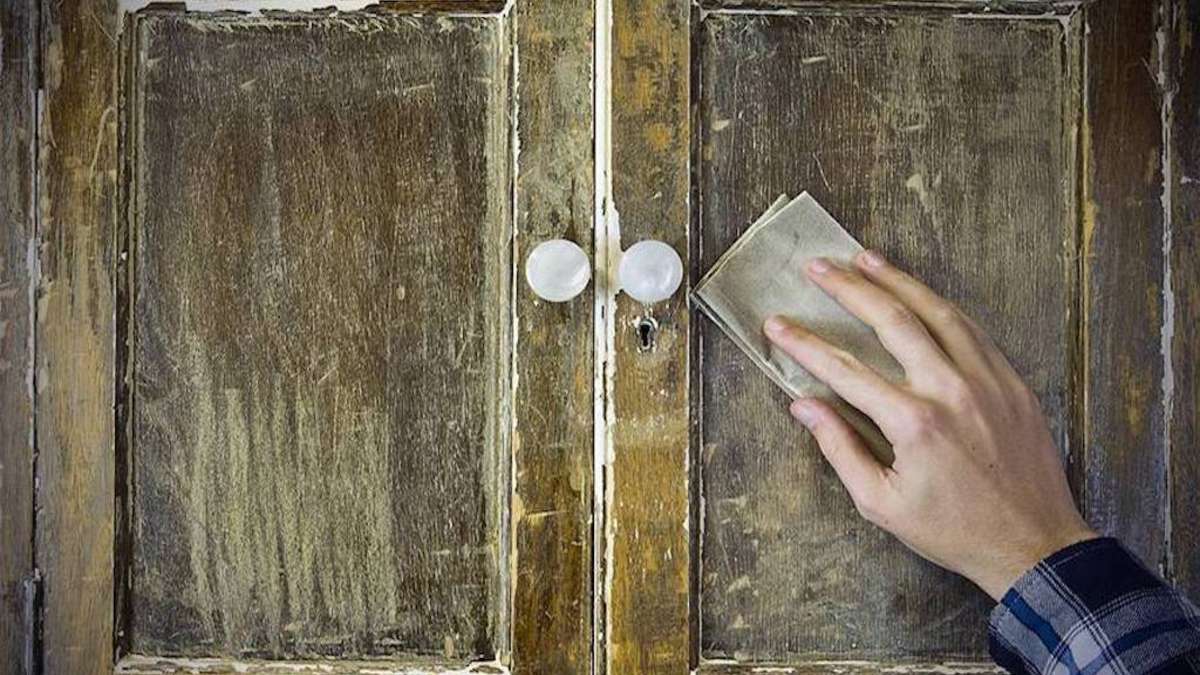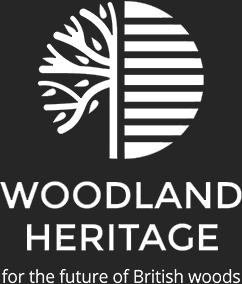
| There is nothing quite like living in an old, beautiful building that’s rich in history and original features. In the UK many such buildings are listed, which means they are placed on the Statutory List of Buildings of Special Architectural or Historic Interest. This is actually part of the Granada Convention, which is a Europe-wide framework for the protection of the 43 member states’ architectural heritage. However, the woodwork and features both in the interior and exterior of these properties often need restoring, due to the natural damage that has occurred from day to day life over the years. Required Standards There are a number of different standards that must be met when dealing with the features on a listed building. Some of the most important are as follows: – ) Broken and damaged historic features need to be repaired rather than replaced. If no repair is possible and there is no choice other than replacing the feature, the new feature should match the old in all physical and visual properties, including both colour and material. The work should also be documented and photographed. – ) Any features, finishes, construction techniques, and examples of craftsmanship that distinctively characterise a property should be preserved where-ever possible. – ) New additions and alterations should not destroy or replace any historic features or materials that characterise a building. Any such work should be completed in such a way as to be compatible with the existing features, in order to preserve the historical integrity of the property. Keep the History When looking at restoring a building’s internal woodwork, it is incredibly important to take a step back and identify the key historical wood features, such as brackets, window arches, doorway decorations and sidings. Take care to look at how things have been crafted together with the colours and finishes. Any work you do should be completed to keep the original look where-ever possible, and any changes you do make should be documented to help architectural historians identify the original features, should they wish to use the building as part of a study or survey. Removing Paint Sometimes it will be necessary to remove the paint from old wooden features and beams. It is not appropriate to use thermal devices, such as electric hot air guns and heat plates on old wood surfaces, as these may scorch and damage the wood. Instead chemical surface strippers that have been recommended for this purpose, alongside more traditional methods of paint removal such as hand-scrubbing and sandpapering, should be used. It may also be possible to completely remove certain features, such as curtain rails and shutters, from their seating and put them into a chemical dip to remove all the old paint. Repainting When paint is removed, it is essential that the wood is not exposed to increased environmental damage, which can be a common problem for wood used on the exterior of a property. Where-ever possible the same kind of paint that was originally featured on the building should be used, but where this is not possible, every attempt should be made to find an alternative that’s a similar shade, shine and finish to the original paint. Identify the Problem One of the most damaging substances to old woodwork is water. As wood is a naturally occurring material it is quite porous and will take on water, causing it to swell, and then when it loses water, this can cause cracks and warping. If you discover that your traditional woodwork has been affected by water, then it’s vital to find its source. On the exterior of the property you’ll want to check for leaking gutters, cracks and holes in sidings, and faulty flashing. Only when you have made sure that any water that is pooling on flat, horizontal wood surfaces, or is collecting in wooden decorative features, is not caused by the incorrect function of any other fixings should you make alterations to help its dispersal. Repairs All repairs to wood based features, such as windows and door frames, must be completed in line with traditionally respected restorative techniques, such as patching, piecing in, and carefully reinforcing the structure of the wood. As with all types of restoration work, these repairs should fit in line with the existing style and colours of the current work, as well as being physically compatible with the materials originally used. These repairs should be unobtrusively marked with the date of the work to help guide future treatments to damaged areas should new techniques of restoration be discovered. Overview Owning a historical building is a commitment to preserve its rich heritage for generations to come. After all, most of these buildings have already survived many lifetimes and can still be enjoyed in their original state thanks to the responsibility and hard work of previous owners and occupants. By paying careful attention to the right guidelines it is possible to make sure that a historical building’s woodwork and craftsmanship is kept as true to the design and look that it had on the first day it was used, all those years ago. |

